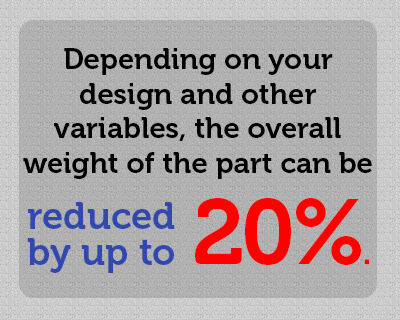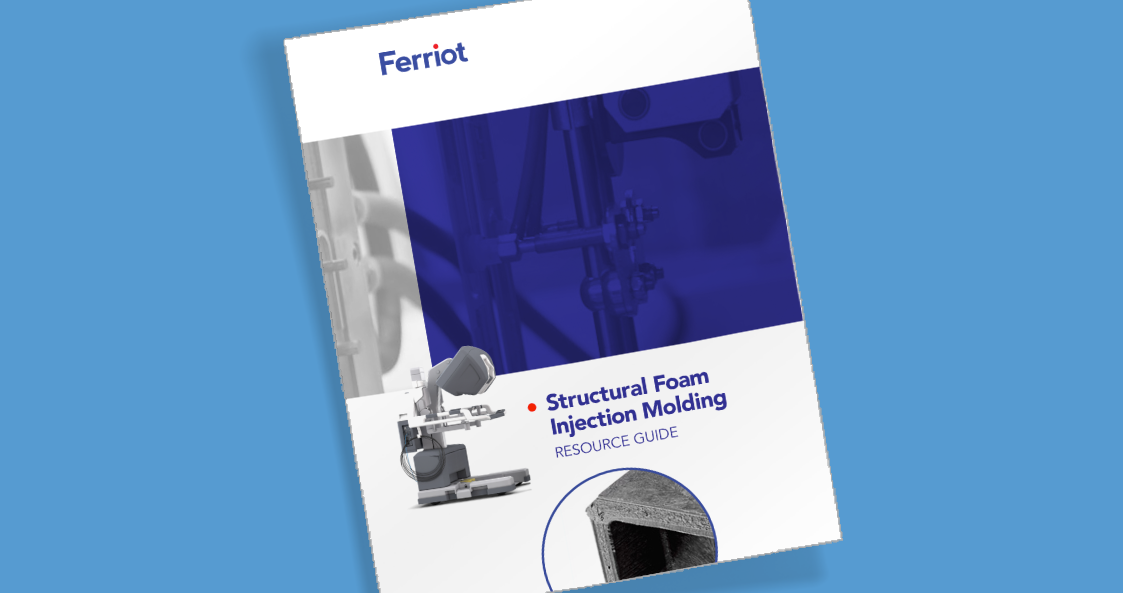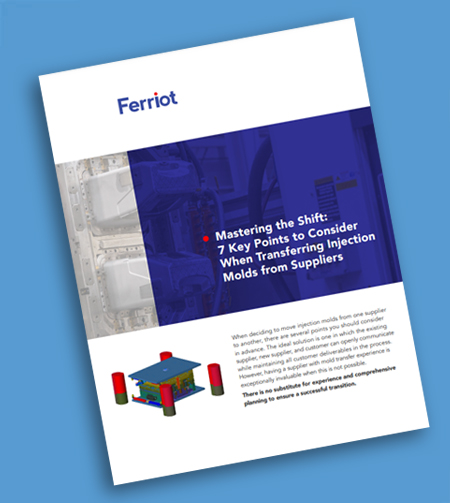Structural foam molding is an option available to manufacturers who are looking for a way to create stronger, more rigid plastic parts. It is also a method used to reduce potential part weight for larger parts. Almost any type of resin can be used with this type of injection molding. Structural foam injection molding uses lower pressure and a foaming agent mixed in with the resin. The foaming agent expands within the resin, leaving a dense outer and inner wall with a foam or honeycomb-like center. This cellular core in the part is what contributes to the decreased part weight. During the expansion process, internal shrinkage or “sink” is reduced which creates a more uniform and aesthetically pleasing part. This process can also contribute to less internal stress in the part with better stability.
Is Structural Foam Injection Molding Cost Effective?
Overall, structural foam methodology provides a more economical solution than other techniques. It also provides advantages that cannot be achieved using other production processes. The process accommodates intricate designs quite well. Because of the honeycomb interior, parts manufactured using this process also exhibit an increased stiffness-to-weight ratio as well as higher strength-to-weight ratios. Depending on the design, engineering capabilities, and other variables like material choice, the overall weight of the part can be reduced by up to 20%.
Structural foam injection molds incorporate some unique properties that make them favorable. This technique often makes use of aluminum—rather than steel molds—for parts up to several hundred pounds. If they’re properly maintained, these aluminum molds can be used for runs in excess of one hundred thousand parts. So, what accounts for the longer life span? The low pressure required for the structural foam molding process minimizes wear and tear on the components. Plus, the ability to design molds with multiple gate points optimizes processing and overall tonnage requirements.
favorable. This technique often makes use of aluminum—rather than steel molds—for parts up to several hundred pounds. If they’re properly maintained, these aluminum molds can be used for runs in excess of one hundred thousand parts. So, what accounts for the longer life span? The low pressure required for the structural foam molding process minimizes wear and tear on the components. Plus, the ability to design molds with multiple gate points optimizes processing and overall tonnage requirements.
Is Structural Foam Injection Molding Right for My Production Needs?
It’s hard to answer such a question without knowing the particular needs of any specific project. However, if your project’s design features certain characteristics, then structural foam may be the right solution for you. If the part is large and needs to maintain high structural integrity, this may be the right way to go.
Structural foam injection molding is good for making parts with an increased stiffness of up to four times other injection molded parts, and it can do this while decreasing the part weight. If the design requires medium-to-thick wall cross-sections, this technique could be a strong candidate for your project. If the goal is to minimize part sinks, structural foam is capable, here, too.
Check out our worksheet, “Which Injection Molding Technology Is Right for You?” to learn more.
If you’re ready to discuss your project details, contact us.
Learn More:





